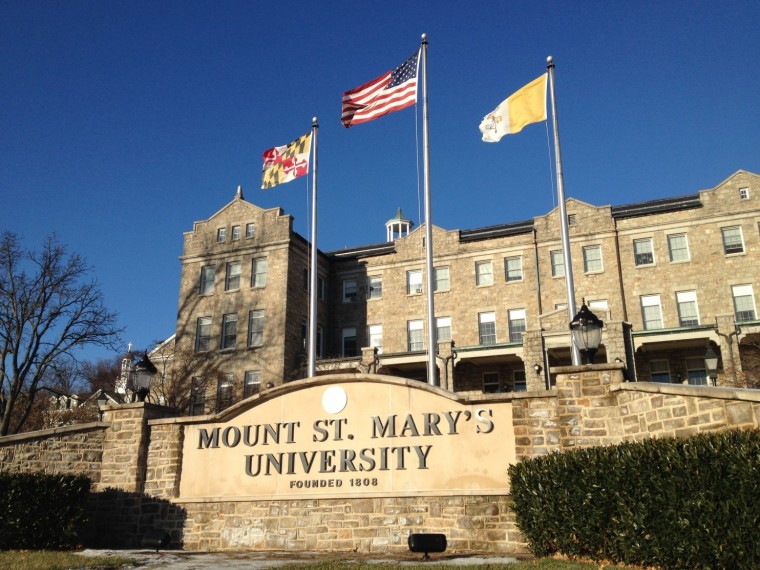The fallout from the protests on the racial environment at the University of Missouri continues. The university has fired Melissa Click, an assistant professor in communications. Click was videoed calling for “muscle” to help remove a student reporter and became a lightning rod for critics of the protesters. After voting to fire her, the board acknowledged the process used to terminate Click was not typical. This seems to be the only point where everyone agrees. Today, I want to tackle the question of whether they were right to fire her.

To begin, I find Professor Click’s behavior disappointing and reprehensible. I don’t know her, but I have colleagues that I can see being a part of the protest and even responding in similar ways.
I don’t consider that part of my role as a faculty member. It doesn’t mean that I’m right and she’s wrong— necessarily. We just view our roles differently.





